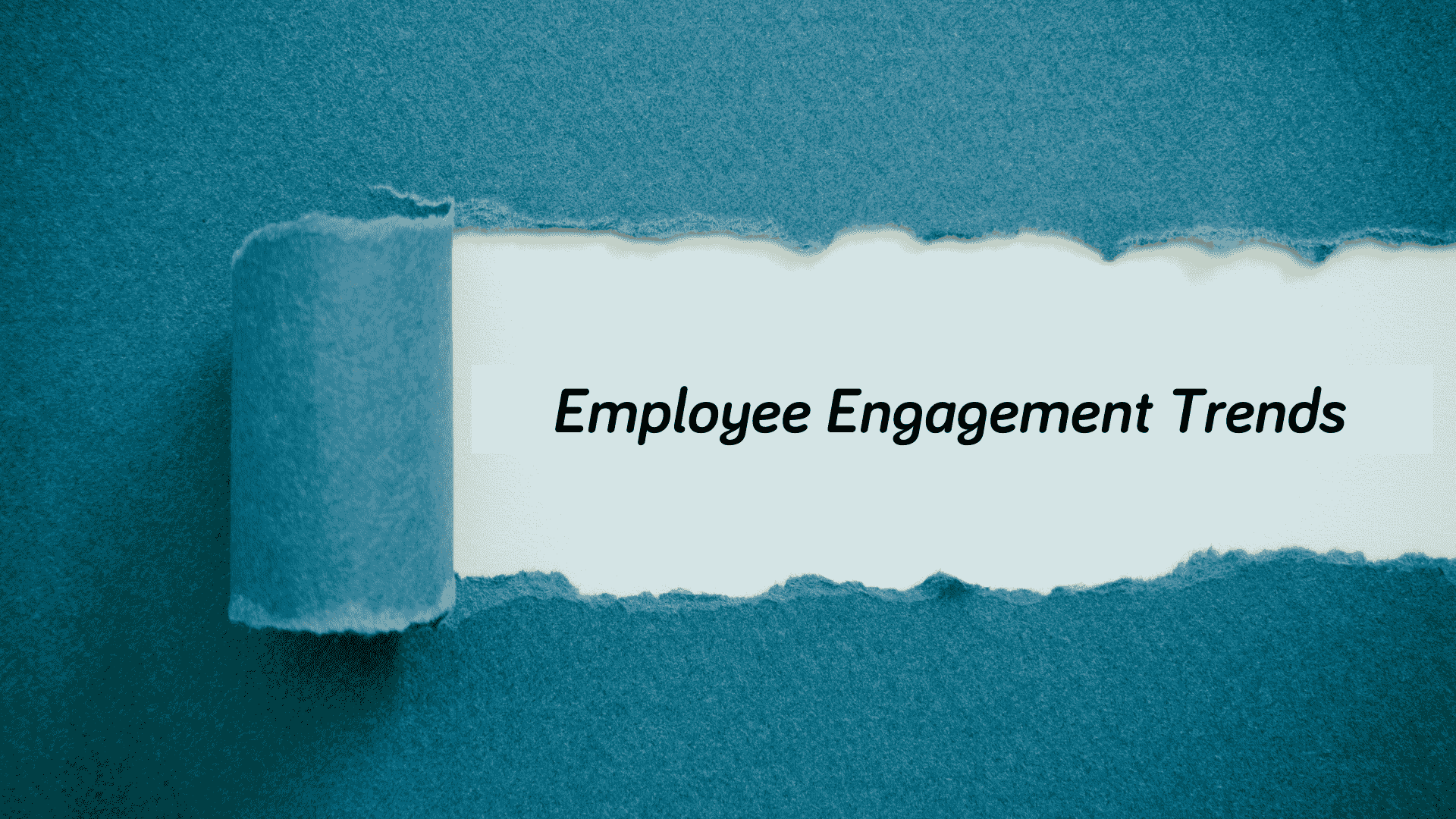Budget 2024: Round-up and key takeaways
November 7, 2024Categorised in: Laws & Regulations, News
Chancellor Rachel Reeves presented her Autumn Budget 2024 to Parliament on Wednesday 30 October, where she announced the aim to raise taxes by £40 billion. Included was a billion-pound investment for HMRC to help tackle worker exploitation and tax avoidance, something likely to have a big impact on recruitment agencies. Here’s our breakdown of the Budget’s main features.
The 2024 Budget was hailed as a landmark event both for the country and the Labour Party, as it was the first Labour Budget in 14 years and the first ever by a female Chancellor.
In a lengthy speech, Rachel Reeves promised to “invest, invest, invest” while announcing a slew of tax changes – but also some tax freezes – which, she said, will increase revenue to the Exchequer by £40 billion.
Umbrella companies
In her Budget speech, she said: “We will clamp down on those umbrella companies who exploit workers, increase the interest rate in unpaid tax debt to ensure that people pay on time, and go after the promoters of tax avoidance schemes.”
Significantly, the chancellor unveiled a £1.4 billion investment for HMRC, for it to use to modernise its technology and hire an extra 5000 compliance and debt staff, in a bid to tackle worker exploitation, tax avoidance, and people who fail to pay their taxes on time.
From April 2026, recruitment agencies will have to account for PAYE on payments made to workers via umbrella companies, while tax for Employee Ownership Trusts and Employee Benefit Trusts will change to ensure that tax benefits are used appropriately and to prevent abuse.
The government will also increase collaboration to tackle rogue company directors, expand HMRC’s counter-fraud capability and strengthen the department’s informant reward scheme. Serious offshore non-compliance, including fraud by wealthy customers and intermediaries, will also come under closer scrutiny as a result of the investment.
Employers NI Contributions
A significant part of the £40 billion hike in taxes announced in the Budget, is an estimated £25 billion that will come from an increase in Employer National Insurance Contributions (NICs).
Employer NICs will increase by 1.2 percent from 13.8 percent to 15 percent from April 2025, and the secondary threshold – where employers start paying national insurance on an employee’s salary – will be lowered to £5,000 per year from the current £9,100.
She also announced that the employment allowance will increase from £5,000 to £10,500, likely to give small businesses and employers a saving, explaining that 865,000 employers won’t pay any national insurance at all next year, and over 1 million will pay the same or less than they did previously.
However, the move is expected to lead to a decrease in hiring and significantly impact living standards, with many workers actually taking home less pay, and any pay rises likely to be significantly smaller in order for employers to mange the rise.
Living Wage
As part of a broader push towards higher wages as the government seeks to unify the National Living Wage and National Minimum Wage into a single adult wage rate, the Chancellor announced a 6.7 percent increase to the National Living Wage.
The increase means hourly rates will rise from £11.44 to £12.21 per hour starting April 2025, equivalent to an additional £1,400 annually for a full-time worker.
For younger workers aged 18 to 20, the increase will be even more significant, with the National Minimum Wage rising by £1.40 to £10.00 per hour. This adjustment will add approximately £2,500 to the annual earnings of a full-time worker in this age group.
Other key points
- Personal taxes: the government will not extend the freeze on income tax and national insurance thresholds beyond 2027/28, saying it would “hurt working people” to keep thresholds frozen.
- Employer NI relief for employing veterans will be extended for a further fiscal year.
- The Lower Earnings Limit (LEL) and Small Profits Thresholds will increase by Septembers CPI rate of 1.7% from 2025/26.
- The Married Couples Allowance and Blind Person’s Allowance will be uprated by 1.7% from 6 April 2025.
- Changes to inheritance tax include bringing pension pots within the tax from April 2027 and reforms to agricultural and business property reliefs, raising a total of £2 billion a year. The main nil-rate band for IHT (at £325,000), will remain frozen until 2030, representing an extra two years of IHT freezes on the plans laid out by the previous Conservative government.
- Pensions will be included within the value of estates for inheritance tax purposes from April 2027.
- The headline rates of capital gains tax will increase, with the lower rate rising from 10% to 18% and the higher rate from 20% to 24%.
- The stamp duty land tax surcharge for second homes will increase by two percentage points to 5%, and came into effect on 31 October.
- The 5p cut to fuel duty will be kept into next year, with the Chancellor saying that keeping the cut and freezing it again will cost £3 billion.
- The government is to ‘capitalise’ the National Wealth Fund to back industries set for future growth, including gigafactories, ports and green hydrogen, and including a collection of multi-year finding promises – £1 billion earmarked for aerospace, in excess of £2 billion channeled into the automotive industry focusing particularly on electric vehicle manufacture, and as much as £520 million dedicated to establishing a new Life Sciences Innovative Manufacturing Fund.
- HS2 will be brought to Euston Station in London, and the government is committing “the funding required” to begin tunnelling work. Rail links will be upgraded between York, Leeds, Huddersfield and Manchester.
- The long-trailed introduction of VAT on private school fees will take effect from January 2025.
- Public sector:
- Day-to-day spending on NHS and education in England to rise by 4.7% in real terms this year, before smaller rises next year;
- Defence spending to rise by £2.9bn next year;
- Home Office budget to shrink by 3.1% this year and 3.3% next year in real terms, due to assumed savings from asylum system;
- £1.3bn extra funding next year for local councils, which will also keep all cash from Right to Buy sales from next month.
- Housing:
- Social housing providers to be allowed to increase rents above inflation under multi-year settlement;
- Discounts for social housing tenants buying their property under the Right to Buy scheme are to be reduced;
- Point at which house buyers start paying stamp duty on a main home to drop from £250,000 to £125,000 in April, reversing a previous tax cut;
- Threshold at which first-time buyer pay the tax will also drop back, from £425,000 to £300,000;
- Current affordable homes budget, which runs until 2026, boosted by £500 million.
Views
While the budget promises greater investment in innovation, the proposed changes to tax and the minimum wage have left many businesses and organisations worried.
Employment costs will be increasing for a lot of businesses with the rise in the rate of employer’s NI and the decrease in Secondary Threshold hitting employers twice.
For workers the measures will likely impact wage growth and the job/recruitment market opportunities. Add this to the ever-present cost of living challenges and sustained high fuel and energy costs, employers will need to continue to explore and provide cost-effective support of staff’s financial wellbeing, as well as be certain of reliable, accurate and compliant payroll.
Book an exploratory meeting
To learn more about HIVE360 Support Services Ltd’s outsourced employment services and administration service, including outsourced employment administration and payroll, employee engagement and employee benefits solutions via our Engage App, visit this page to book a free exploratory meeting.




